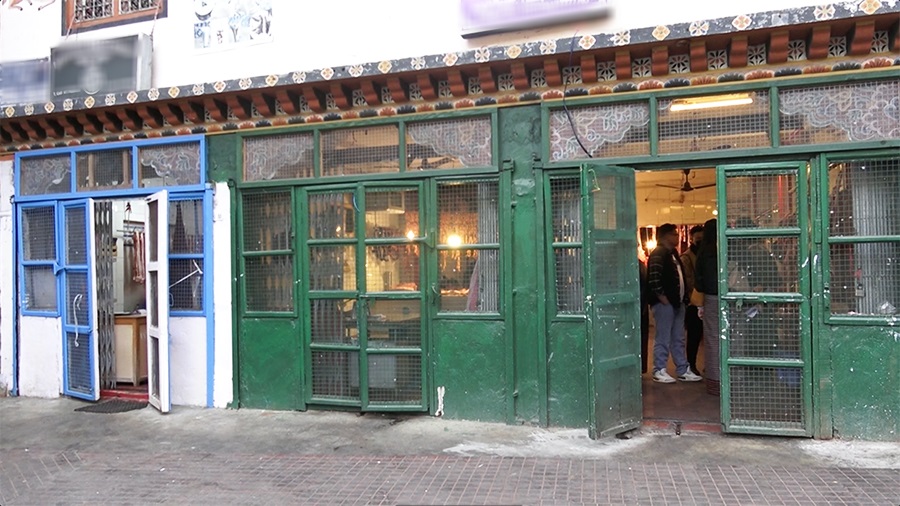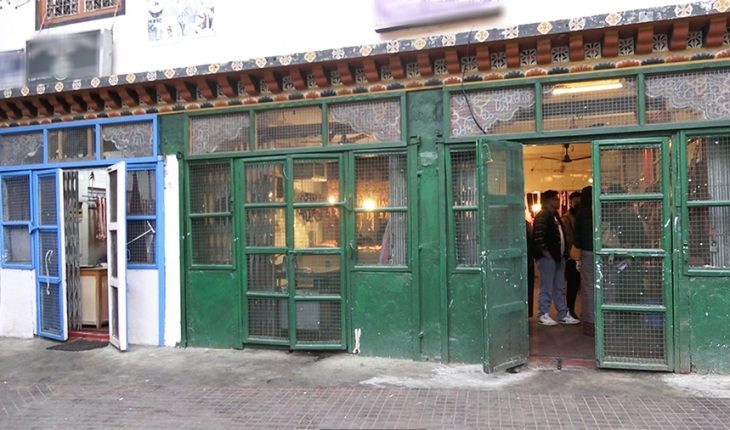
KINZANG DORJI TSHERING | Thimphu
Despite repeated interventions by the Competition and Consumer Affairs Authority (CCAA), meat prices across Thimphu continue to show near-perfect uniformity, raising concerns that informal coordination among vendors still dictates the market, leaving little room for genuine competition.
A new analysis by the Consumer Empowerment and Economics Division has revealed that 17 vendors surveyed in Thimphu Thromde maintain almost identical prices across most meat categories. The study, “Market Competitiveness Analysis: Meat Pricing in Thimphu Thromde,” found that even after the CCAA instructed the Bhutan Meat Vendors Association (BMVA) to stop coordinated pricing, patterns of price uniformity remain deeply rooted.
According to the study, the gap between mean and median prices across major meat types is minimal. Fresh local pork averaged Nu. 611.25 per kilogram, while imported frozen chicken averaged Nu. 300 per kilogram across all outlets. Even premium products such as dried pork strips (sikam) were priced similarly, ranging between Nu. 889 and Nu. 900 per kilogram. Only Catla Fish showed notable differences, with a 42 percent gap between mean and median values, indicating comparatively stronger competition.
The report stated that vendor behaviour remains highly synchronized, with minimal differentiation even in categories where product quality or freshness should naturally create price differences. The CCAA had previously investigated the BMVA for alleged price coordination and conducted training programs to promote cost-based pricing and market fairness. However, the new findings indicate that these measures have not significantly altered vendor behaviour.
The persistence of uniform pricing suggests that informal coordination continues. Without a comprehensive competition law, the CCAA’s role remains largely advisory, limiting its ability to enforce compliance. Analysts said the BMVA’s dominance, coupled with shared supply sources and transport networks, may be perpetuating uniformity even without explicit collusion.
For many consumers in Thimphu, the findings come as no surprise. “I believe they are coordinating prices behind the scenes, as the price of meat rises equally across all shops so that none gets the upper hand,” said Ugyen Rangshel Tshering, a college student. “They all seem to have similar expensive prices. The prices are getting higher as days go by — now it feels like there are more bones to grind than meat to eat.”
He added that uniform pricing does not translate into consistent quality. “Some chop their meat properly, while others are lazy and even sell meat that seems a bit overdue,” Ugyen Rangshel Tshering said. “If prices were publicly listed like taxi rates, it would be fairer and more convincing for buyers. With stricter laws, we could have better quality and service.”
Sonam Tobden, a civil servant in Thimphu, offered a different perspective. “I think the vendors are genuinely competing,” Sonam Tobden said. “But I agree that public price listing and stricter laws would help consumers get better value and make the market more transparent.” These mixed opinions reflect both distrust and cautious optimism among buyers — mirroring the broader uncertainty surrounding market fairness in the city.
From the vendor’s side, many argue that price uniformity results from similar sourcing costs rather than coordination. Sangay Tenzin, a meat vendor in Thimphu, explained how prices are determined: “We usually set our prices based on our own costs — such as buying price, transportation, and handling — and then add a reasonable profit margin. However, we also keep an eye on the market to make sure our prices don’t go too far from what other vendors are charging. If we price too high, customers might go elsewhere; if too low, we might face losses. So, while we decide independently, we also consider the general market trend to stay competitive.”
Addressing the CCAA’s claim of coordination, Sangay Tenzin said, “From our side, there’s no formal coordination or secret agreement. The similarity in prices mostly happens because we all face similar costs — for example, livestock prices from suppliers are almost the same for everyone, and transport costs affect us equally. So, even if we work separately, the final prices naturally come close to one another. But we are aware of the CCAA’s concern, and we support efforts to ensure fair competition and transparency.”
He added that CCAA training programs have influenced pricing methods. “Before, many of us used to just follow what others charged without much calculation. Now, we try to consider our actual costs and add a fair profit instead of copying prices. It has also made us more aware that healthy competition is good for both business and customers. Still, some vendors may need more guidance to apply these ideas properly,” Sangay Tenzin said.
On concerns about quality, Sangay Tenzin said, “We understand customer concerns and try our best to maintain quality. We make sure the meat is fresh, properly stored, and hygienically handled. Rising prices are often due to increased costs from suppliers and transportation, not because of poor quality. We also try to build trust by being transparent about our sources and allowing customers to check the meat before buying. We believe that fair pricing and good quality are both important to keep our customers satisfied.”
Regarding possible reforms, Sangay Tenzin said, “A formal competition law or public price disclosure could bring more fairness and transparency to the market. It would help customers understand why prices differ and discourage unfair practices. But for small vendors, it might be a bit challenging at first, since many of us are not used to keeping detailed records or updating prices publicly. With proper support, training, and gradual implementation, though, such a system could benefit everyone by creating a fairer and more trustworthy environment.”
The report recommends a mix of policy reform, consumer empowerment, and structural measures to restore competitiveness. Key proposals include public disclosure of vendor prices, regular price monitoring, and support for independent vendors, consumer awareness campaigns, and engagement with the BMVA to promote ethical self-regulation without price alignment.
The findings reaffirm that Thimphu’s meat market remains far from competitive, despite well-intended interventions. Experts argue that Bhutan urgently needs a comprehensive competition law to empower the CCAA with enforcement authority. Until such legislation is in place, improving price transparency, consumer education, and vendor accountability may be the most practical solutions to foster fairness.
Despite interventions, Thimphu’s meat sector continues to display weak price competition. Informal coordination remains influential, and only structural reforms supported by strong legal frameworks can build a fair, transparent, and competitive marketplace. While meat prices in Thimphu may appear stable, that very stability hints at a deeper issue — a market where balance may come not from healthy competition, but from silent alignment among vendors.





